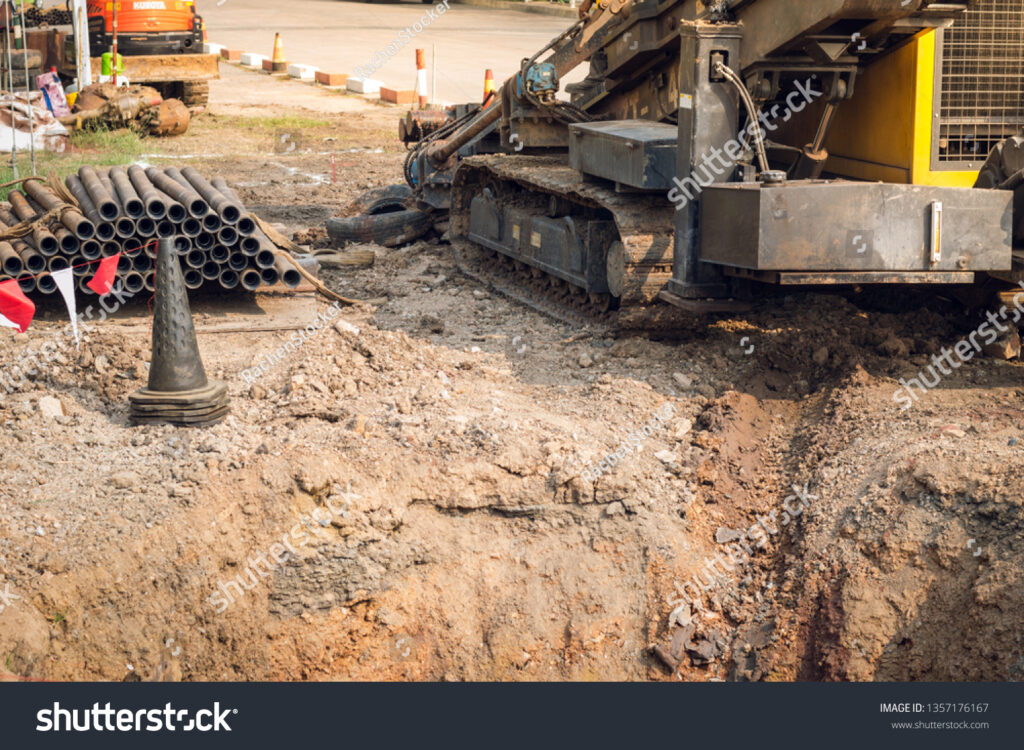Directional bore and underground fiber optic installation methods refer to the process of laying fiber optic cables beneath the ground without the need for traditional trenching or excavation. This type of installation is typically faster, less disruptive, and more cost-effective than traditional trenching methods.
Directional bore involves the use of a directional drilling machine that creates a hole underground, without disturbing the surface above. The machine then feeds the fiber optic cables through the hole, allowing for a seamless and efficient installation. This method is ideal for crossing roads, highways, and other obstacles that cannot be excavated.
Other underground fiber optic installation methods include plowing and microtrenching. Plowing involves using a special machine to create a shallow trench, while microtrenching involves creating a narrow trench that is only a few inches wide. Both methods allow for the installation of fiber optic cables without the need for traditional trenching or excavation, though that may be necessary in some cases.
Once the fiber optic cables are installed, they are typically connected to other equipment such as splice enclosures, junction boxes, and network terminals. These components are designed to protect the cables and provide a secure and reliable connection for data transmission.









